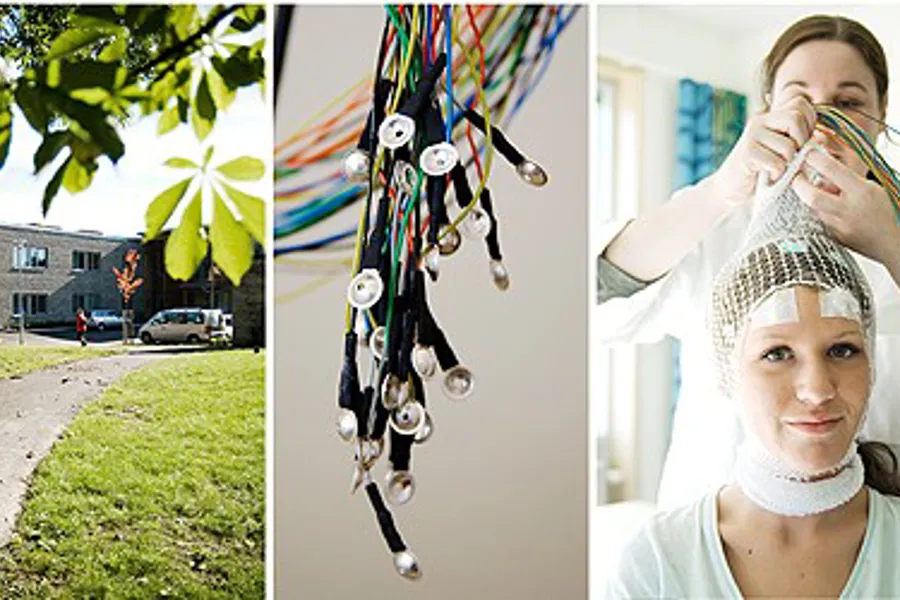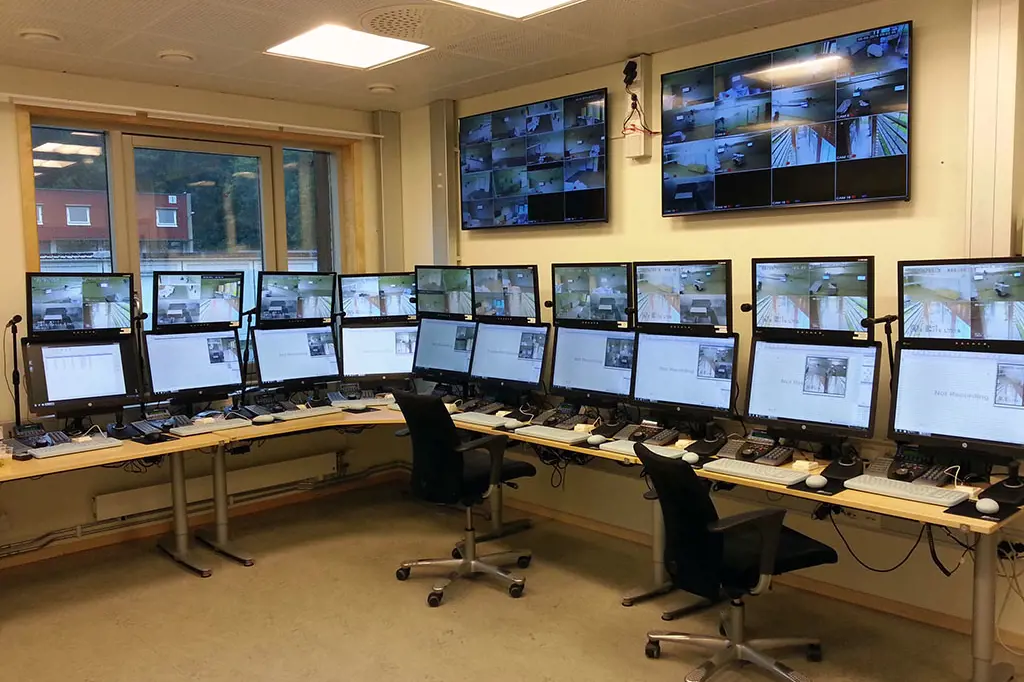National Centre for Epilepsy (SSE)
In Norway, highly specialist treatment of epilepsy is centralised at Spesialsykehuset for epilepsi (SSE), which admits patients from all over the country for assessment and treatment. Please continue for further information in English.

National service for complex epilepsy
SSE has a national service for patients with complex epilepsy who do not obtain sufficient benefit from the usual drug treatments and/or where the epilepsy causes psychosocial or cognitive difficulties or other challenges.
Who can be admitted to SSE?
Most people referred to SSE have not achieved satisfactory seizure control from medication. Most have been examined at their local neurology department or paediatric ward and have been referred to SSE from there. At SSE, patients receive further assessment and treatment. People with an unresolved seizure situation can be referred to SSE for diagnostic clarification. Some patients who are examined do not have epilepsy. The goal of hospitalization at SSE is to ensure that the diagnosis is correct, and that treatment for the patients' type of epilepsy and seizures is optimised.


